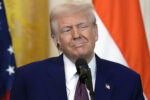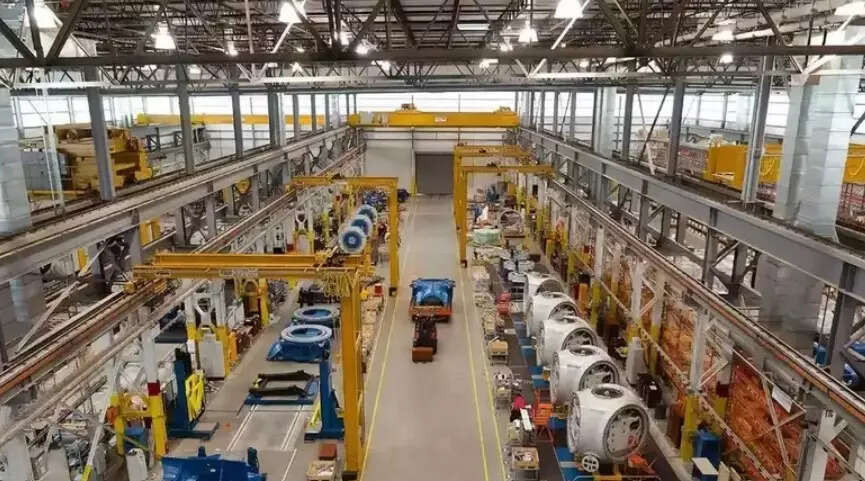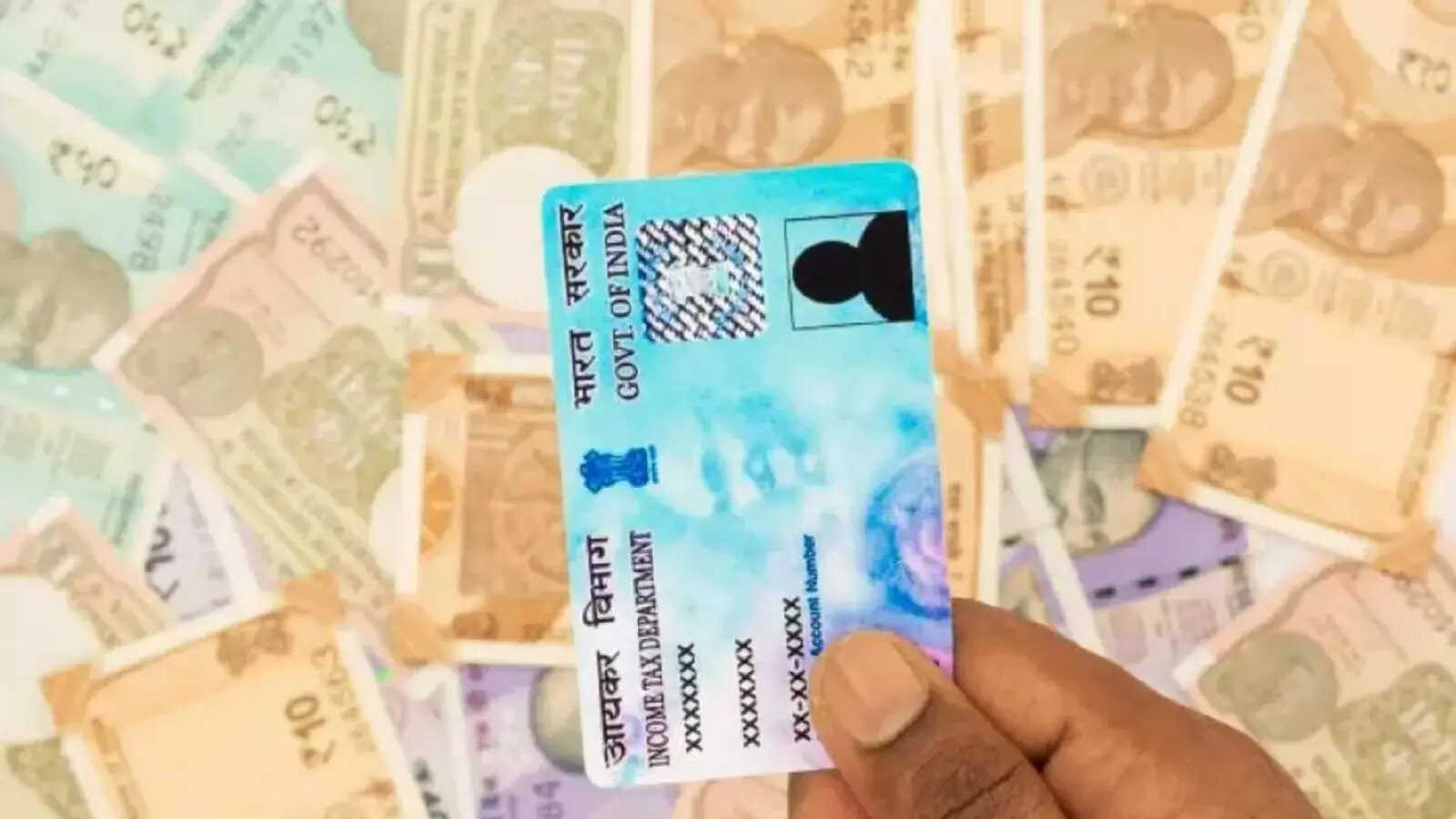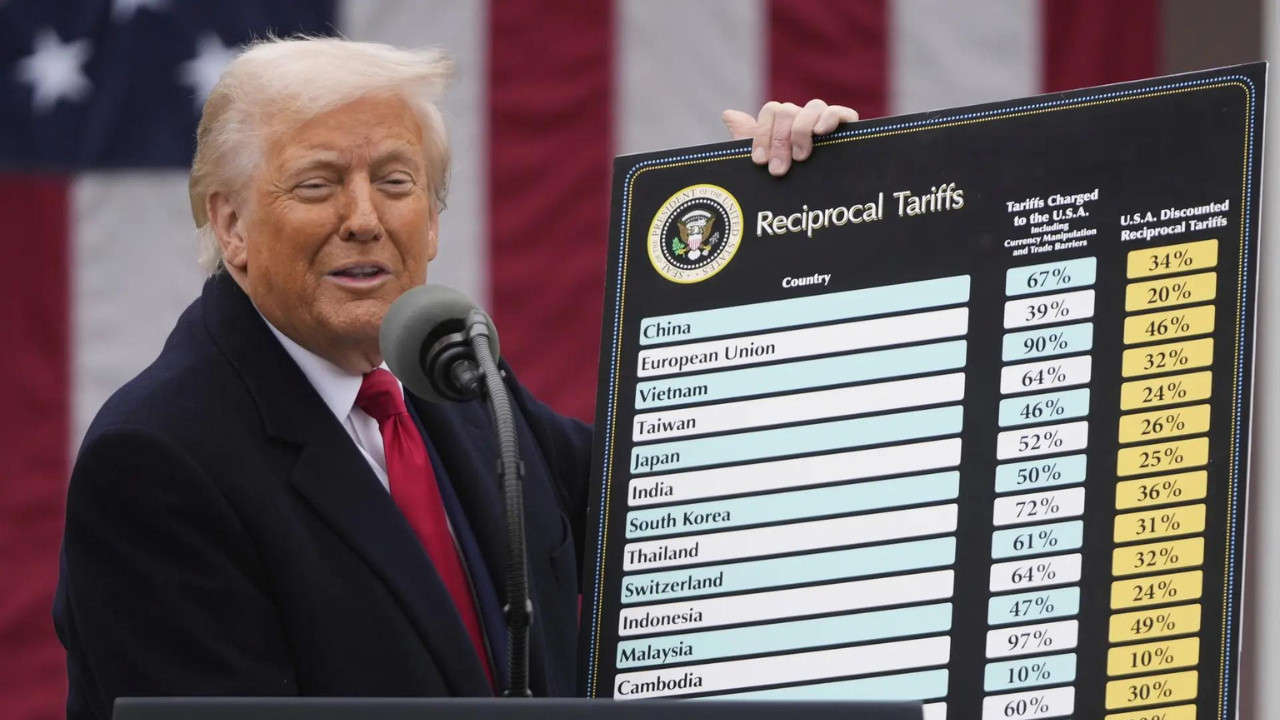NITI Aayog Vice-Chairman Suman Bery stated that India’s economy is $15 trillion in PPP terms, over half the size of the US economy. He emphasized improving labor productivity, diversifying supply sources, and leveraging FTAs for economic growth.
India’s Economic Muscle: More Than Meets the Eye?
We often hear about countries flexing their economic prowess, usually measured in cold, hard GDP figures. But what if the standard yardstick doesn’t quite capture the full picture? That’s the question bubbling to the surface after recent comments from Suman Bery, the Vice Chairman of NITI Aayog, the Indian government’s premier policy think-tank. He threw a rather interesting curveball into the usual economic conversation: India’s economy, when measured using Purchasing Power Parity (PPP), is already a hefty $15 trillion – more than half the size of the US economy.
Now, before you envision Indian rupees suddenly dominating global currency markets, let’s unpack what this “PPP” business is all about. You see, simply comparing GDP figures at current exchange rates can be misleading. It doesn’t truly reflect what a dollar – or a rupee – can actually buy within its own borders. A cup of coffee, a haircut, a simple meal – these all cost dramatically different amounts in New York City versus New Delhi.
That’s where PPP comes in. It aims to level the playing field by comparing the prices of a basket of goods and services across different countries. In essence, it tries to answer the question: how much does it really cost to live and consume in each nation?
Bery’s comments suggest that when we factor in the relative affordability of goods and services within India, its economic footprint suddenly appears significantly larger. He wasn’t just pulling a number out of thin air, either. This assessment aligns with projections from international organizations like the World Bank and the International Monetary Fund (IMF). These bodies routinely use PPP to offer a more nuanced perspective on the relative economic strengths of different nations.
So, what’s the big deal? Why should we care about PPP when GDP numbers are the usual headline grabbers? Well, for starters, it challenges the dominant narrative. We often hear about the US and China as the undisputed economic superpowers, and while that’s undeniably true when looking at nominal GDP, PPP suggests India is a much stronger player than often perceived.
This has implications beyond just bragging rights. Understanding India’s true economic power, as reflected through PPP, is crucial for:
* Attracting Investment: A larger, more affordable economy means a bigger potential market for goods and services. It signals to international investors that their money can go further in India, potentially yielding higher returns.
* Informing Policy Decisions: Policymakers can leverage this information to design more effective strategies for growth and development. Understanding the purchasing power of the average Indian consumer, for instance, is crucial for targeting social welfare programs and boosting domestic demand.
* Negotiating International Trade Agreements: A stronger economic standing, even when measured by PPP, strengthens India’s negotiating position on the global stage.
* Boosting National Confidence: Let’s be honest, a little economic good news never hurts morale. Knowing that India’s economy is punching above its weight can foster a sense of national pride and encourage further innovation and entrepreneurship.
Of course, it’s important to maintain a healthy dose of realism. PPP isn’t a magic wand that instantly transforms India into a global superpower. Challenges remain, from infrastructure deficits and income inequality to bureaucratic hurdles and climate change vulnerabilities. But acknowledging the underlying strength of the Indian economy, as revealed through PPP, is a crucial step towards addressing these challenges effectively.
The discussion around PPP also highlights the importance of looking beyond headline figures. It prompts us to ask more critical questions about how we measure economic success and what truly matters in the grand scheme of things. Is it just about the size of the economy, or is it about the quality of life, the affordability of essential goods and services, and the overall well-being of the population?
While nominal GDP provides a snapshot of a country’s overall production, PPP offers a glimpse into its real economic muscle, the kind that translates into tangible benefits for its citizens. And when it comes to India, that muscle seems to be considerably stronger than many realize. The question now is, how will India leverage this hidden strength to shape its future and its role on the global stage? That, indeed, will be a story worth watching.
📬 Stay informed — follow us for more insightful updates!







